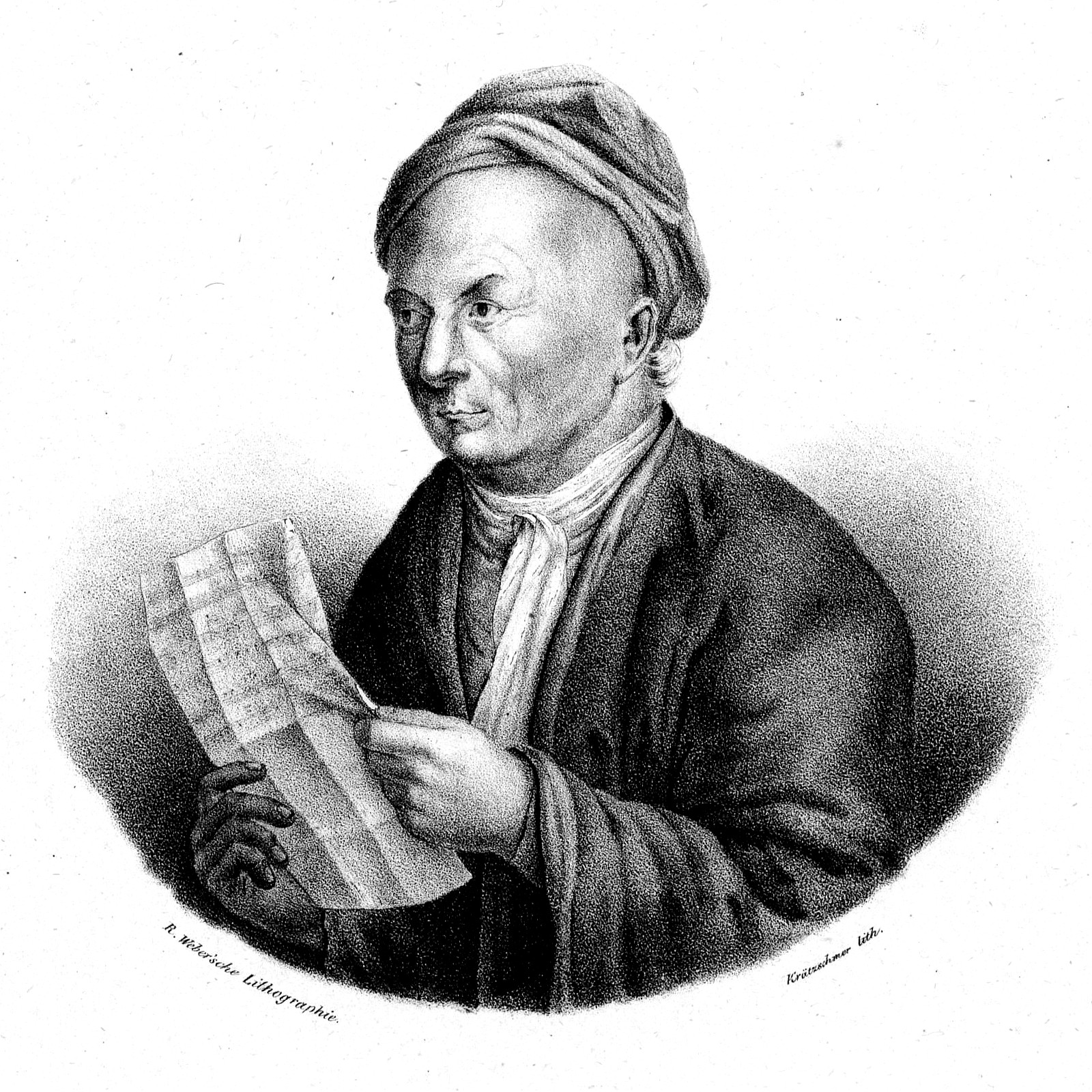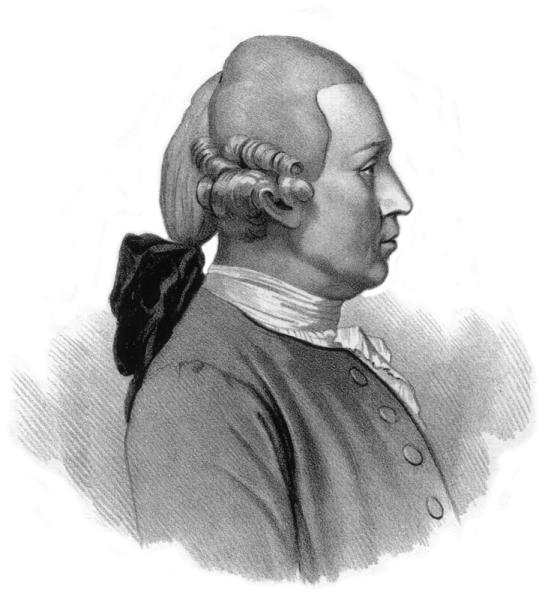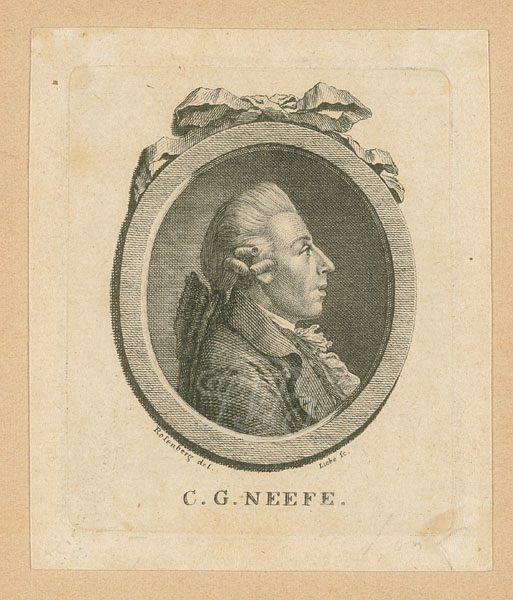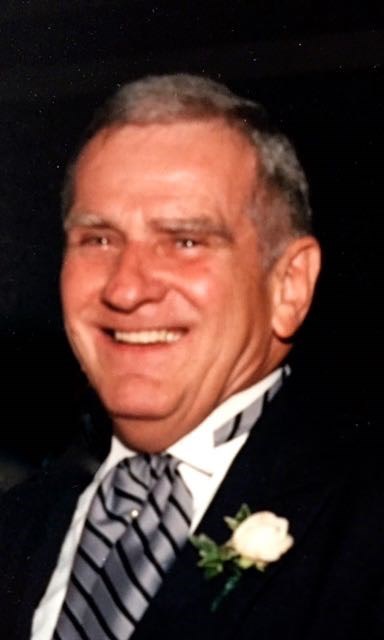By Mrs. D. Y. Grieb
A few years ago found me, figuratively speaking, drifting in the Sargasso Sea. Yes, I was taking lessons - music lessons - practicing Czerny exercises, splendid gymnastics. Czerny exercises eternally, with a few sonatinas mixed in, to be practiced over and over one thousand times. The oftener of the better; that was the central idea. So I believe after all that I was taking lessons in physical culture.
But I was discouraged, drifting around, always going, but never arriving anywhere. Poor old Sisyphus lugging the stone up the hill, only to have it roll back again, could not have been more disheartened.
Being a grown up, I reasoned with myself and with my teacher. "Why is this thus and so?" and "There must be a better way to learn music." The reply was "Do as I tell you; there is no other way." Still unconvinced. I questioned every musician who would talk to me on the subject. How do you memorize? Some did not know. One said he memorized a measure at a time learning the whole piece before he played it. A long piece would take several months to memorize. I knew that some artists memorize a piece in a few days. Did they possess a special gift? About that time, an article appeared in The Musician magazine, saying that the way to memorize was to analyze. Here was another difficulty just as dreadful, for I didn't know anything about it. And how could I learn? Living out of town not within easy reach of a teacher, it seemed impossible. But finding a way, I began the study of harmony and hereby hangs a tale.
Beginning humbly at first principles in Prima Vista and Harmony courses, I soon saw, like the wisest of all the ancients, that I knew only one thing and that was that I knew nothing. This was a fine beginning. In a short time, I became wonderfully interested. Everything seemed so different. Oh, how I worked with what delight. I picked out tonic chords, dominants, subdominants, and supertonics in all the keys. Here was something tangible for the mind to grasp; a foundation on which to build; music meant something. Thought was mixed with effort; here was the open sesame to musical culture. Pushing out into the Gulf Stream, I reached the broad ocean and the view ahead was inspiring.
I became infatuated. The lessons led on through preludes, little fugues, sonatinas and finally sonatas, and with mental powers aroused, I analyzed, dividing into motifs, sections and phrases, until my ear could detect the different chords and my delight knew no bounds.
On I went until even in my dreams those same chords, with broken backs and disabled feet, chased through endless measures like Orestes pursued by the Furies. But my teacher said that I was doing excellent work, and I was happy.
Then came composition, still continuing the harmony. Even in the wildest flights of my imagination I never dreamed of composing, but I began with simple phrases of four measures using simple rhythms and then little song forms. Of course, they all sounded very much alike, but were they not my very own?
The way to learn to do anything is by doing; not by going through volumes of theory, but by practice. We are apt to think that a genius writes music by a sort of inspiration. He does to some extent, but he follows the laws of music in his compositions. Not man-made rules but scientific laws, like the laws governing mathematics or any other science.
It is easy now to understand how analysis is essential to rapid reading and memorizing. Imagine an adult having to spell every word he reads. How tedious that would be! That is the way he reads who does not understand harmony. He must read each note as it comes, and it is a wonder he or she can read at all with any speed. But suppose he or she knows something of the laws of music; knows the chords in every key and their natural place in composition; can determine the extent of the motifs and see them built up into phrases; can determine by the cadences the ends of the phrases; knows. beyond a doubt where the accent should be, whether indicated by the composer or not. Then he or she can read music as he reads a language, not a word at a time, but he can grasp in one mental effort a whole motif or phrase. And what a difference there is expression; he or she will express the thought of the composer and will not need to go to someone else for his interpretation.
This is also the secret of memorizing. First analyze; note the prevailing chord or chords in each measure; find the first motif or text, as it were; follow that motif as it wanders through the beautiful sonata, repeated, answered, developed like a character in a play, as Shakespeare presents Cleopatra, ever changing in her moods and developments of character, but always Cleopatra. Now notice the transitions; threats of changing into another key, and finally changing. Listen as a it glides along so sweetly in its major key, going into the more somber relative minor, winding back again through highways and byways into its original key for the close.
We do not play musically because we do not think musically. We blame our poor fingers when the fault is in our heads. We hesitate and stumble because the brain is sending uncertain orders to our fingers. We practice a piece over and over until it become mechanical without a. bit of mind in it; and if there happens to be a break, there is nothing to come to the rescue. When if we would understand first, and practice one half as much, we should accomplish ten times more.
I cannot but think that harmony is not a lost art; that it is not only for the gifted few but can be learned by anyone who will work when it is presented in a practical, rational way.










